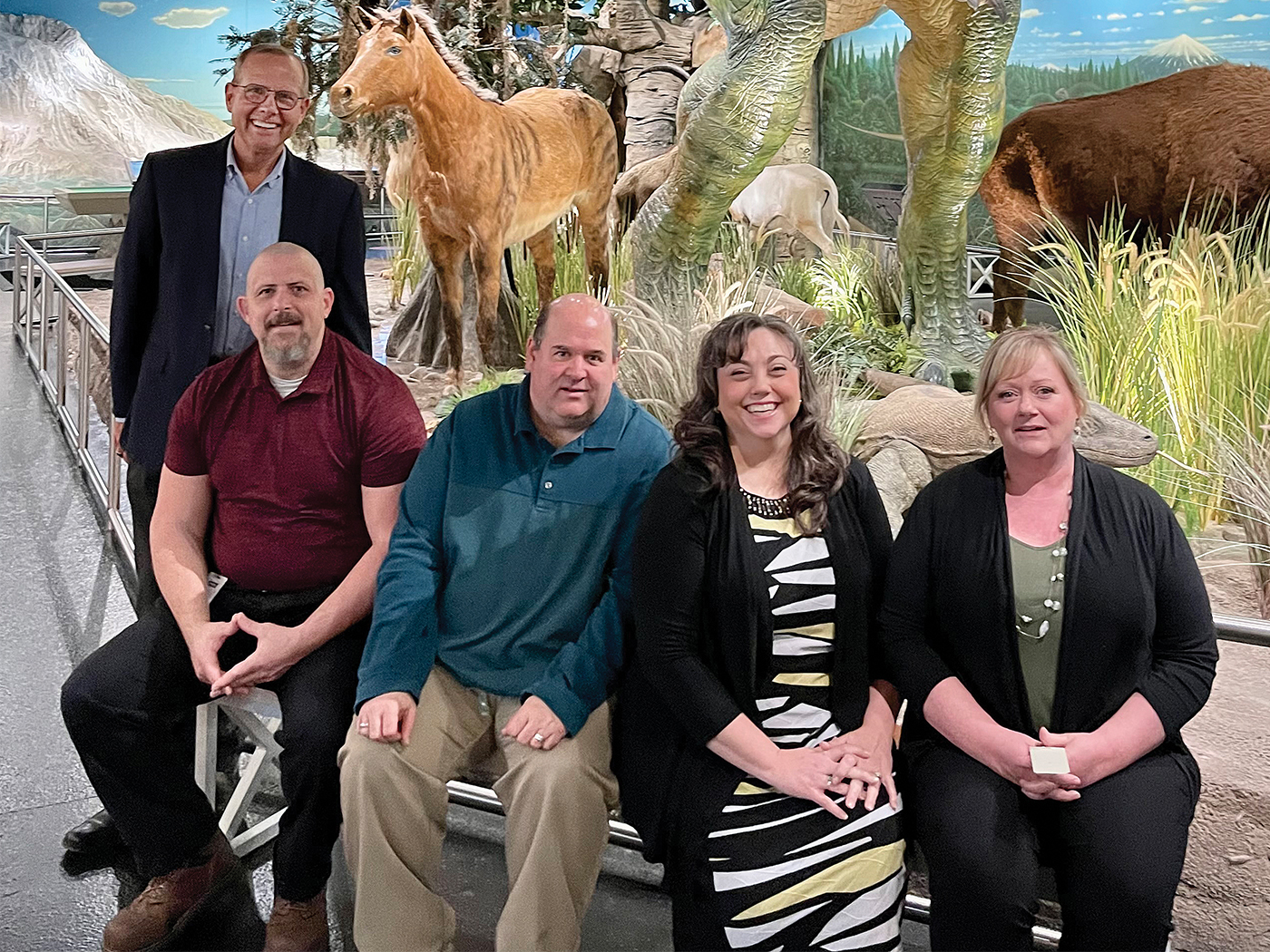Damaged land areas, such as results from both man-made and natural disasters, are a source of real concern for many ecologists. Floods, for example, leave behind tremendous damage to the earth. And many in this field embark on expensive restoration projects to solve these ecological nightmares and are not always successful, especially because of the enormity of the damage.
However, a recent report in the field of restoration ecology reveals that man’s interference is not always necessary for restoration.
In fact, this study gives added credence to what creation scientists have known all along: a post-Flood environment can indeed resurrect itself, confirming the biblical account in Genesis 8:15-19.
According to the report, post-mined land does not require expensive restoration projects to revegetate the area. Scientist Klára Øehounková stated, “Instead of using expensive technical reclamations it is possible to rely more upon spontaneous succession than is generally expected.”
Commenting on the interest among ecologists to restore the damage left by gravel-sand mines, the article states that “simply by leaving abandoned mines alone they will naturally restore themselves within just twenty-five years.”
Creation scientists agree, but this is not “remarkable new evidence” as ecologists believe.
Noah and his family did not have to embark on a revegetation program after the Flood. Within a matter of decades, the earth was able to undergo its own vegetation succession.
While man’s assistance is necessary in many areas of ecological management—man is a “steward” of the earth—good scientists would do well not to ignore the lessons of the past, even if they are in the Bible.
Source: http://www.physorg.com/news126268151.htm
For additional information on this subject, see Frank Sherwin's article titled Restoration Ecology.
















